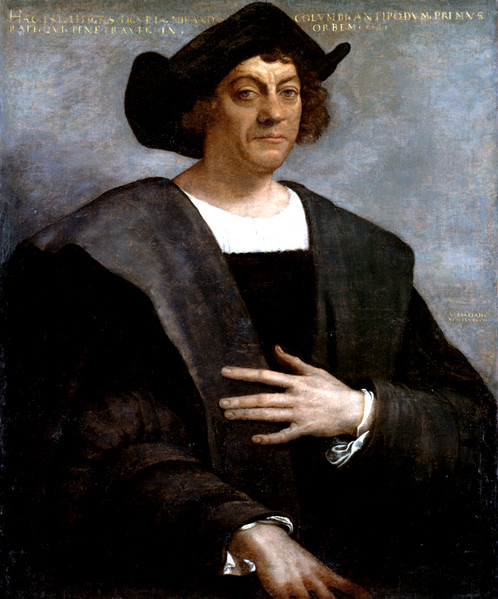Unconventional: Jewish travel through the ages
As The Jewish Star launches its Travel section, we’re publishing this story from the JNS.org archives, presenting some unexpected Jewish travel notes from years past. The Star will be covering both conventional and unconventional destinations in the weeks ahead (send your suggestions to Editor@TheJewishStar.com), with an eye on the suitability of each location to an observant Jews.
Among us Jews, it’s a common saying that there’s one of us everywhere. These days, whether it’s the recently released Israel Defense Forces (IDF) soldier backpacking through India or South America, or those who run the Chabad house in Laos, the Jewish people make their presence known in nearly every nook and cranny of the world.
Throughout history, some Jews traveled to distant parts to escape persecution, others were explorers curious about the culture or science of new places, and some just ended up on strange shores completely by chance.
Here are some of the quirkiest historical cases of wandering Jews.
Isaac the Jew — In as far back as 797 AD, Charlemagne, the founder of the Carolingian empire who was later crowned Holy Roman Emperor, sent a man named Isaac the Jew to the Baghdad caliph Harun al-Rashid. In 802, Isaac returned to Charlemagne’s court with an elephant as a gift to the king from the sultan.
Benjamin B. Jonah of Tudela — Sephardic Jew Benjamin B. Jonah of Tudela traveled in approximately 1160 to the Far East, about 100 years before Marco Polo. The Hebrew account of his travels, Sefer ha-Massa’ot (Book of Travels), is one of the most important accounts of the Mediterranean world and Northeast Africa. It described the Jewish community in Rome under Pope Alexander III, holy places in the land of Israel and Jerusalem, and more. It is also an important historical document outlining the lives of medieval Jews.

 43.0°,
Partly Cloudy
43.0°,
Partly Cloudy 




